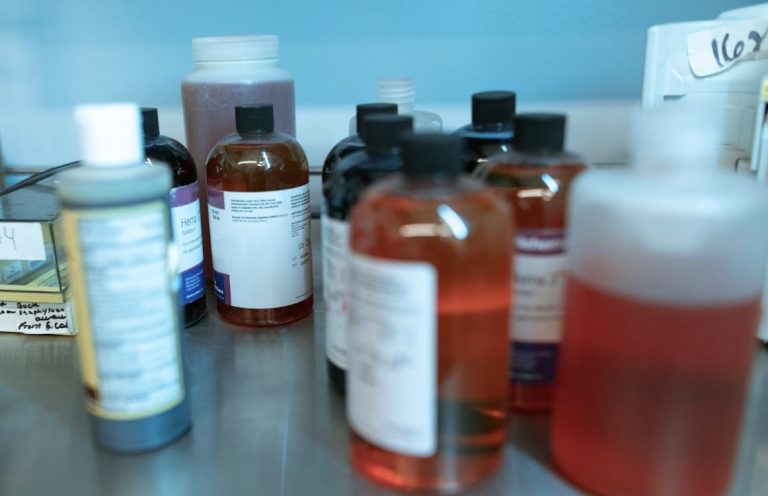In today’s modern world, we are surrounded by chemicals that serve various purposes, from simplifying our daily tasks to improving our quality of life. However, some of these chemicals can be harmful to our health and the environment. By taking simple steps to reduce exposure and minimize the use of harmful chemicals, we can protect ourselves, our families, and our planet.
That being the case, below, we will take a look at some of the best ways to reduce harmful chemicals in your life and create a healthier living space.
Story Stages
1. Choose natural cleaning products
Many conventional cleaning products contain hazardous chemicals, such as ammonia, and bleach, which can cause respiratory and skin irritation. Switching to natural cleaning products, such as those made with vinegar, baking soda, and lemon juice, can significantly reduce exposure to toxic chemicals. You can even do all of your drain cleaning without chemicals! Not only are these alternatives safer for your health, but they are also more eco-friendly and less expensive too.
2. Opt for organic foods
Pesticides are commonly used in conventional farming practices to protect crops from insects, weeds, and diseases. However, pesticide residues can remain on the produce we consume, poaching potential health risks. Choosing organic foods can help minimize exposure to these harmful chemicals. Although organic products can be more expensive, the benefits to your health and the environment are well worth the investment. Additionally, growing your own fruits and vegetables is an excellent way to ensure that you are consuming pesticide-free produce.

3. Use eco-friendly personal care products
Many personal care products, such as shampoos, soaps, and cosmetics, contain chemicals that can be harmful to your health and the environment. By selecting eco-friendly personal care products made with natural ingredients, you can reduce your exposure to harmful chemicals and support companies that prioritize sustainability. Look for products that are labeled as “natural,” “organic,” or “eco-friendly” and check ingredient lists to ensure they are free of synthetic chemicals, such as parabens, phthalates, and sulfates.
4. Limit use of plastics
Plastics can contain harmful chemicals, such as bisphenol A (BPA) and phthalates, which can leach into food and drinks when they are being heated. To reduce exposure to these chemicals, opt for glass, stainless steel, or ceramic containers for food storage and drinkware. Additionally, using reusable grocery bags and avoiding single-use plastics, such as straws and cutlery, can help reduce plastic waste and protect the environment.
5. Purify indoor air
Indoor air quality can be negatively impacted by chemicals released by common household items like couches, carpets and paint. To improve indoor air quality, consider using air purifiers with HEPA filters, which can effectively remove airborne particles and pollutants. You may also want to open your windows regularly to let polluted air out and fresh air in, although running a HEPA filter to get rid of pollen and other pollutants in fresh air is also a good idea.
Reducing harmful chemicals in your life is essential for maintaining your health and preserving the environment. So, what are you waiting for?
